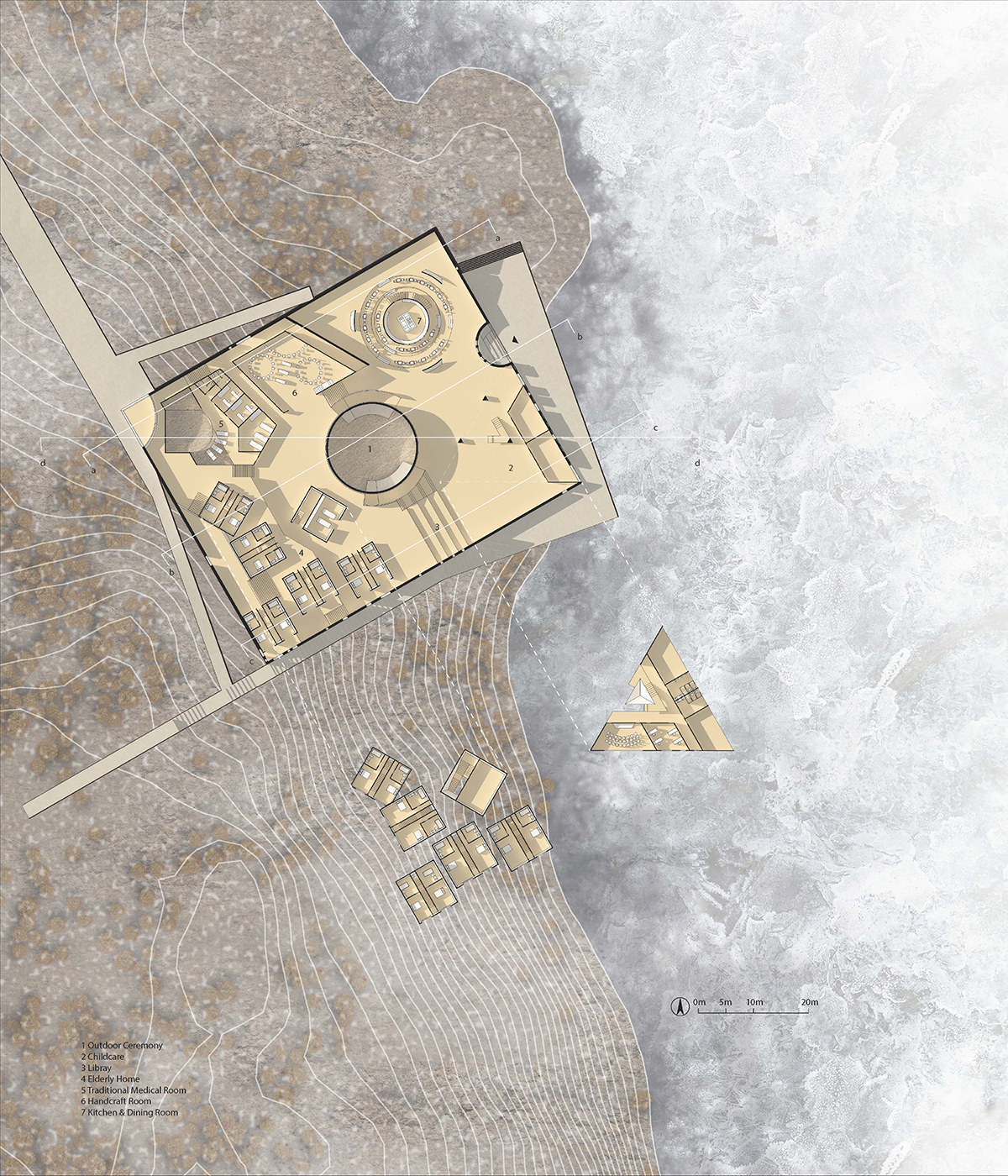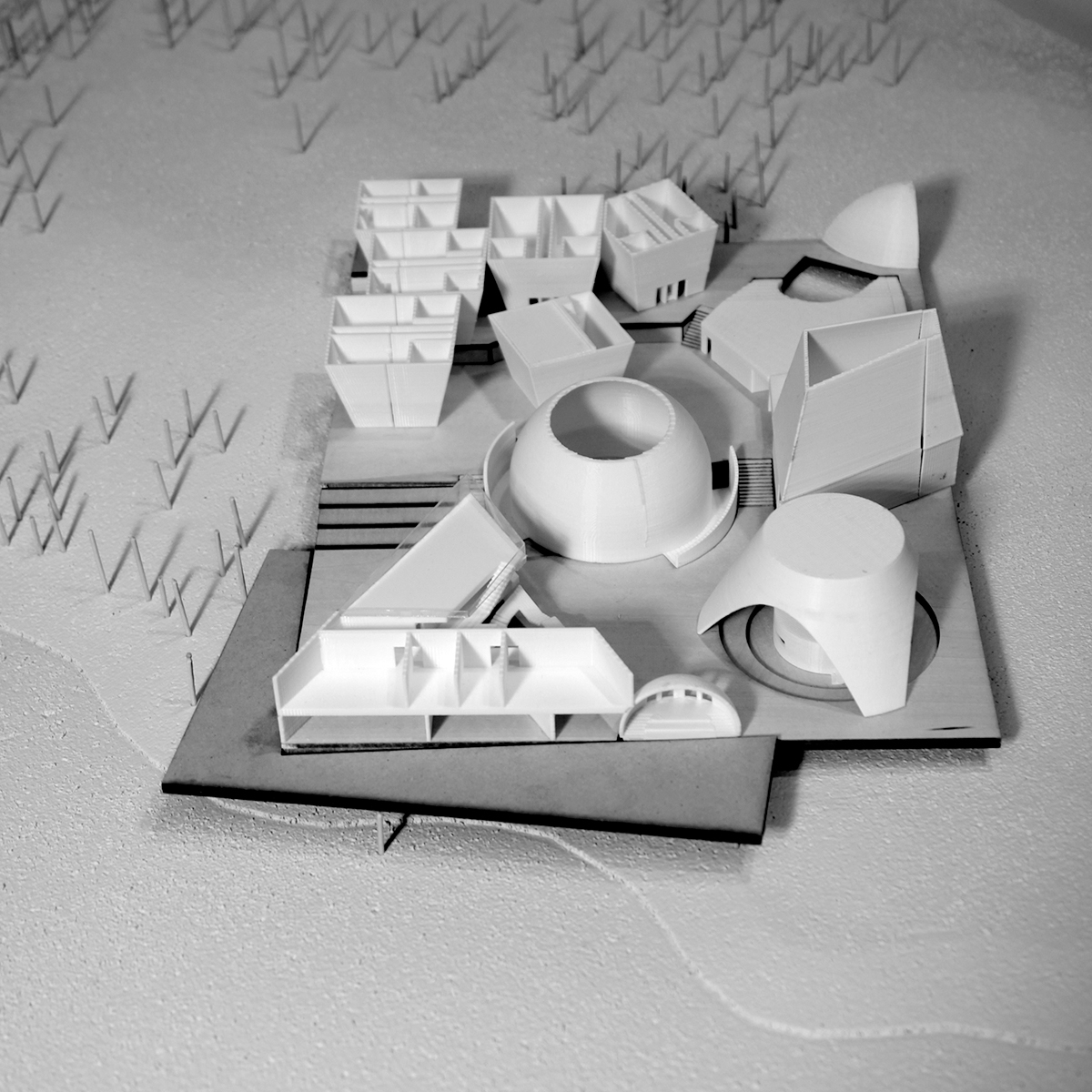Architectural Design Studio 5: Option Design Studio – ARC3015
This option studio considered three dualisms: (1) contemporary with traditional; (2) architecture with landscape; (3) part with whole.
Through these, students pursued the possibilities of a contemporary traditional architecture, a proto-vernacular. The context of Yellowknife, Northwest Territories will serve as a site, a place where cultures and traditions comingle in a complex way. Today, Northwest Territories is comprised of 50% Aboriginal people with Yellowknife as the highest territorial concentration of First Nations, Metis, and Inuit residents in the small city of just 20,000. Historically, architecture has not served Canada’s Aboriginal people well. Inadequate models of architecture have been imported often leading to a subtle colonizing impact. This studio sought an architecture that is culturally grounded, yet resists nostalgia.
These questions were examined through the lens of health and wellbeing, toward the development of an Aboriginal Wellness Centre. The Stanton Territorial Health Authority, an existing health network in NWT currently under renewal, formed the basis by which to develop a design response. In addition to the provocation of “contemporary traditional,” the studio considered the relationship of part to whole through the design of a facility supporting health and wellness for Aboriginal peoples throughout NWT. This involved recognizing the challenge of health access and delivery for a dispersed population with minimal infrastructure. In addition, an architecture with integrated relationships to land, seasonality, and territory are essential in this cultural climate. Questions of complementary programs that support a broad notion of wellness were also considered. For many Indigenous peoples, urbanism is almost antithetical to cultural wellbeing, presenting a fundamental conundrum to architecture’s agency in this context.






